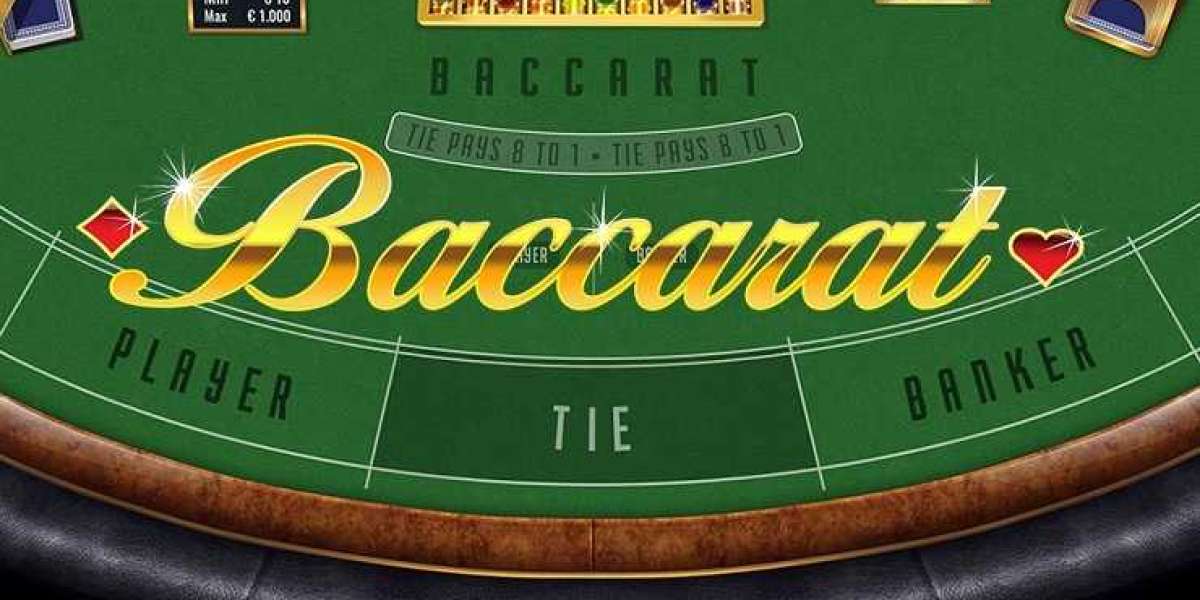Baccarat, a game that has captivated the hearts of many casino enthusiasts around the world, shares similarities with the traditional Vietnamese card game “bài cào,” where players count the number of points on their cards. However, Baccarat introduces more intriguing rules and strategic nuances. Before delving into a game of Baccarat, it is crucial to understand the rules, betting options, and probabilities. This article provides a detailed guide on playing Baccarat, including an introduction to the game’s rules, betting strategies, and examples of gameplay. Whether you are a novice or an experienced player, this comprehensive guide win tips will help you enhance your understanding and increase your chances of winning.
Getting Started with Baccarat
Baccarat is a straightforward card game with three main betting options: betting on the “Player,” the “Banker,” or a “Tie.” To participate, you must place your bet before the cards are dealt. You can bet on either the Player or the Banker, or you can choose to bet on a Tie if you believe both hands will have equal value. For clarity, this article will use the English terms Banker, Player, and Tie for examples.
Winning Probabilities of Player, Banker, and Tie
The winning probabilities between the Player, Banker, and Tie can vary depending on the table and the casino. The following information serves as a general guideline:
Banker: The Banker typically has a slightly higher probability of winning, with an approximate win rate of 45.8%. Casinos usually charge a commission or fee (commonly 5%) on winning Banker bets to balance this advantage. For instance, if you bet 100 units on the Banker and win asian bookie handicap, you would receive 95 units (after the 5% commission).
Player: The Player has a winning probability of about 44.6%. There is no commission on Player bets. Therefore, if you bet 100 units on the Player and win, you would receive 100 units.
Tie: The Tie bet has a lower probability of winning, around 9.6%. However, the payout for a Tie is significantly higher, typically 8 or 9 times the bet amount. For example, if you bet 100 units on a Tie and win, you would receive 800 or 900 units.
Given these probabilities, it is generally advisable to avoid betting on a Tie due to its low win rate. Instead, betting on the Banker is recommended for the highest winning probability, though some degree of calculation and luck is always involved in the game.

Rules of Baccarat
The primary objective in Baccarat is to have a hand with a total value closest to 9. The value of each hand is determined by the sum of the card values, irrespective of the suits. The rules for calculating card values are as follows:
Cards from 2 to 9 have their face value.
The 10, Jack, Queen, and King are worth 0 points.
The Ace is worth 1 point.
The total value of a hand is calculated modulo 10, meaning if the sum exceeds 9, only the last digit of the total is considered. For example, a hand totaling 15 would have a value of 5 (since 15 % 10 = 5).
The rules for drawing a third card depend on the total points of the first two cards:
If the total is 6 or 7, the Player stands and does not draw a third card.
If the total is 5 or less, the Player draws a third card.
Examples of Gameplay
Example 1: Tie
You arrive at a casino and decide to join a Baccarat table. After reviewing the betting odds for the Player and the Banker, you choose to bet 100 units on the Banker.
The dealer deals two cards to both the Player and the Banker. The Player’s hand reveals a 3 and a 4, while the Banker’s hand reveals a 4 and a 3.
You calculate the values of both hands:
Player: 3 (first card) + 4 (second card) = 7
Banker: 4 (first card) + 3 (second card) = 7
Since both hands have a value of 7, no third card is drawn, and the result is a Tie. All bets on the Banker or Player lose, but if you had bet on a Tie, you would win according to the Tie odds (typically 8 or 9 times the bet). So, a 100-unit bet on a Tie would yield 800 or 900 units.
Example 2: Banker Wins
At another casino visit, you decide to place a 100-unit bet on the Banker.
The dealer deals the cards. The Banker’s hand shows a 6 and a 9, and a third card (3) is drawn since the total of the first two cards was 5 (15 modulo 10 = 5). The Player’s hand reveals a 3 and an 8, and a third card (10) is drawn since the total of the first two cards was 1 (11 modulo 10 = 1).
You calculate the values of both hands:
Banker: 6 (first card) + 9 (second card) + 3 (third card) = 18 (value is 8)
Player: 3 (first card) + 8 (second card) + 10 (third card) = 21 (value is 1)
Since the Banker’s hand (8) is higher than the Player’s hand (1), the Banker wins. As you bet on the Banker, you win the bet and receive 95 units after the 5% commission.
Conclusion
The rules and winning probabilities for Player, Banker, and Tie can vary depending on the table and casino, so it is essential to understand these aspects before playing. The examples provided are for illustrative purposes only. Besides probability, luck also plays a significant role in Baccarat. We wish you good luck and remind you to play responsibly and know when to stop. By understanding the rules, managing your bankroll, and applying strategic betting systems, you will be well-equipped to enjoy Baccarat and potentially emerge victorious from online bookmaker australia.



